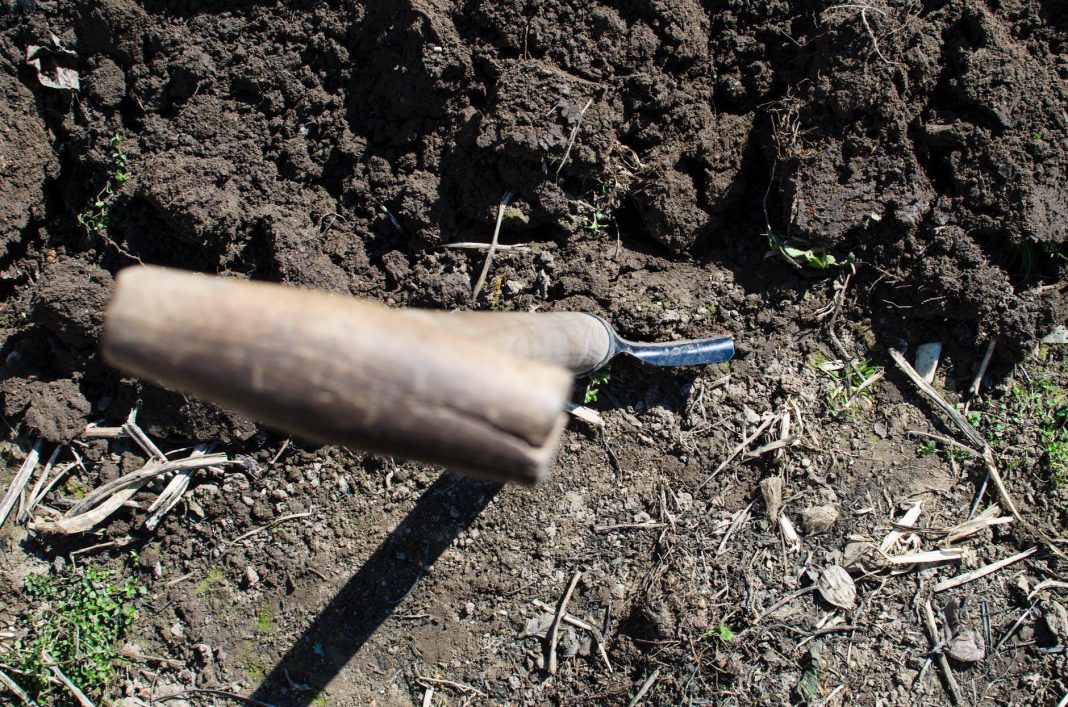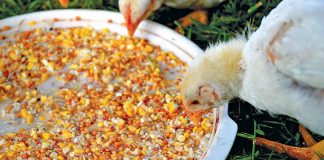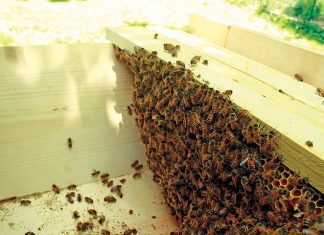| Issue #44 • March/April, 1997 |
I began experimenting with mound gardening several years ago, due to limited garden space. Then as time went by, I found other reasons (or should I say excuses) for elevating the earth into cone-shaped mounds and dotting them with plants of one sort or another.
For example, I have a low place in my garden where water stands during the wet season and drowns out the plants. Without a mound, it is not useable during even a moderately wet season. Yet in 1986 I harvested 44 pounds of beets from a mound in that low spot.
With many plants, I find the mound easier to tend than normal rows. Take beets, for example. I plant my beet seed in a short row in another part of the garden. Then, when the plants are large enough to transplant, I space them evenly in three circular rows around the mound. That way I can have the planting surface free of weeds, and the already-started beets will “get the jump” on weeds that sprout later.
Most root crops do well in the mound, yet there can be problems during dry weather. Sticking up in the air as it is, the earth dries out faster than does the surrounding soil. To overcome this, I make a saucer-shaped depression on top of the mound. Then when the plants begin to need a drink, I pour a bucket of water into the depression. The water soaks down through the center of the mound. This causes the plants to send their roots deep into the earth, rather than come to the top of the ground as they do in normal watering.
Beets can withstand lots of dry weather, so they are excellent for the mound. Potatoes like well-drained soil. Carrots are good, since they root deep, and sweet potatoes simply go wild if the mound is properly fertilized.
To feed the mound, I turn to my compost heap, which is normally well-rotted horse manure. When I prepare the site, I scatter a generous layer of compost on the area surrounding the proposed mound. Then as I drag in earth to get my elevation, the soil and compost are well mixed. I continue to drag in dirt until I build a thin layer of plain earth over the compost-mixed center. This is the layer that I place my plants in. Then as they begin to push their roots down into the soil, they find the plant food.
Some of the vine plants, such as squash and cucumbers, do fairly well in the mound. However, most of them, particularly the cucumbers, require watering, since they cannot withstand drought.
I don’t use the mound for such plants as tomatoes and bunch beans. But pole beans, with long poles set in around the mound and pulled together and tied at the top like an Indian tepee, makes an interesting sight, and you can harvest an unusual crop from that small area.
A truly handsome addition to your garden can be created by covering the mound with pepper plants, either sweet or hot, and then leaving some of the peppers on until they turn red or yellow. In other words, the mound can be both useful and ornamental.
Maybe I am a bit oversold on my pet garden project, but I get lots of good vegetables and much pleasure from my garden mounds.















I had a byproduct mound after I dug up a ditch for a fish pond used as a raised bed. A kind of bubble that provided extra planting area for a squash and cucumbers. I wouldn’t have been able to plant in there, as the area borders on raspberries with only flat not usable spaces between them. I covered it with chip bark to preserve moisture.
I wonder if you tried hugel mounds would that improve the water situation?
We have had such a wet season that I couldn’t get in the garden to till so I bought bagged soil and planted everything in mounds. I am encouraged by your post. I was hoping most plants would do well in mounds and this was very reassuring.